As excitement over Donald Trump being elected the 45th US President and our own Prime Minister Narendra Modi’s “masterstroke” of banning Rs 500 and Rs 1,000 notes to weed out black money quells, let’s turn back to the other pressing issue that’s been bothering us these past few days — pollution.
Since India celebrated Diwali on the last weekend of October, our Facebook timelines and Twitter feeds were flooded with grim photographs of Delhi’s cityscape engulfed in thick, grey smog and people in anti-pollution face masks, accompanied by apocalyptic (and sometimes funny) captions.
Delhi’s particulate matter (PM) 2.5 level spiked to over 600 micrograms per cubic metre the day after Diwali (October 31) — the worst post-Diwali pollution levels in five years — prompting the central government to declare an “emergency situation” in the capital. Subsequently, Delhi chief minister Arvind Kejriwal ordered a shutdown of Delhi schools and a ban construction for a few days to tackle the menace. Measurements taken at the US Embassy in Delhi put the city’s Air Quality Index (AQI) at 999 that Monday, way off the standard chart, which ends at the “hazardous” level of 500.

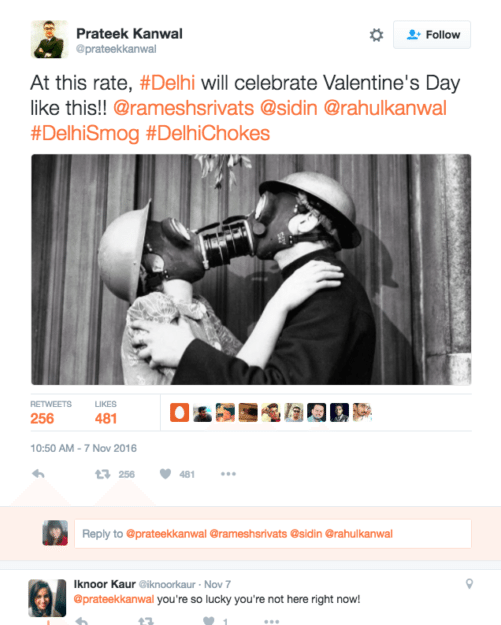
This is not the first time, though, that Delhi has become unliveable for its residents. In 2014,WHO announced Delhi the most polluted city in the world.
So, how did the city end up in this grave situation? According to reports, many factors have contributed to this ‘end of the world’ kind of weather. Air pollution is mostly attributed to diesel-fuelled vehicles, heavy construction activities, temperature control in large buildings and use of coal or diesel generators.
A Hindustan Times reportsaid that low wind speed, lack of vertical wind and onset of winter has caused the smog to remain stagnant. “This was exacerbated by a unique wind phenomenon that blew most of the smoke emanating from various parts of northern India towards New Delhi,” the paper said. On Monday, the program director of Safar (System of Air Quality and Weather Forecasting and Research) confirmedthat the proportion of pollutants from crop fires in Delhi’s air rose dramatically from almost zero on November 1 to a peak of 70% on November 6.
India houses 13 of the world’s most polluted cities in the world. Luckily, it also houses thousands of startups, many of which are working towards solutions to prevent, and check, pollution in the country. We’re not talking about simplistic solutions like air purifiers, face masks, or pollution-monitoring devices and apps. We’re talking about cutting-edge technologies that can possibly bring our cities back from the brink of destruction.
Let’s take a look at some startups doing exciting work in the anti-pollution space, which is in dire need of innovation.
Inking a clean, new world
A Bangalore-based startup called Graviky Labs — an MIT spinoff — wants to convert the problem of air pollution into a fine art. It collects soot from vehicular emissions with the help of a unit that’s a retrofit for the exhaust tailpipes of vehicles. It then purifies the soot by removing heavy metals and carcinogens from it, before distilling it into a dense black ink.
The ink can be used as regular ink used in pens and for screen painting. It can replace expensive newspaper ink and it can even be used in spray cans for artists to create artwork.
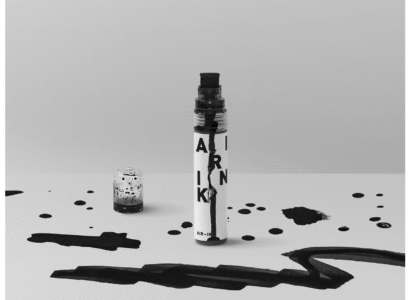
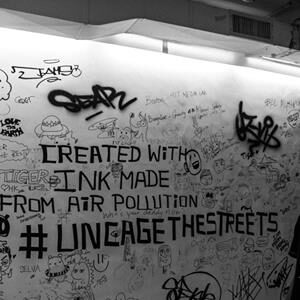
Earlier this year, Graviky partnered with Singapore’s iconic Tiger Beer to create its first line of Air Ink. They made 150 litres of Air Ink and filled it in pens, markers and spray cans. They then offered the ink to street artists in various places in Asia with major pollution concerns, including Hong Kong, to experiment with in their creations.
Turning around toxic CO2
Another Bangalore-based startup, Carbon Clean Solutions (CCS), is making innovations in carbon dioxide (CO2) separation technology for industrial and gas treating applications. It is helping large-scale CO2 emitters solve the problem of continued usage of non-renewable fossil fuels, thereby reducing the environmental impact of high carbon dioxide emissions.
CCS uses step-change technology to provide customised low-cost, energy-efficient solutions for carbon dioxide separation. The technology makes it possible to collect carbon dioxide (CO2) from flue gases of power plants and industrial utilities in a cost-effective and energy-efficient manner.
The captured CO2 is either reused to make soda ash (a product used in manufacturing glass), cleaning products and fertilisers or stored underground to keep global warming levels in check.
After the gas is cleaned, it is passed through an absorber for capturing CO2. The CO2 thus recovered can be used as a raw material for downstream industries.
Electrifying your ride
After ride hailing apps like Uber and Ola, Bangalore-based electric vehicle manufacturer RJMS-EV is looking to transform the way people commute. Only, instead of adding to the pollution (unlike cabs), it plans to provide eco-friendly rides to the people of Bangalore (to start with).
RJMS-EV is redefining autorickshaws, which embody the modern narrative of Indian development, and also add significantly to the load of vehicular air pollution on our city roads.
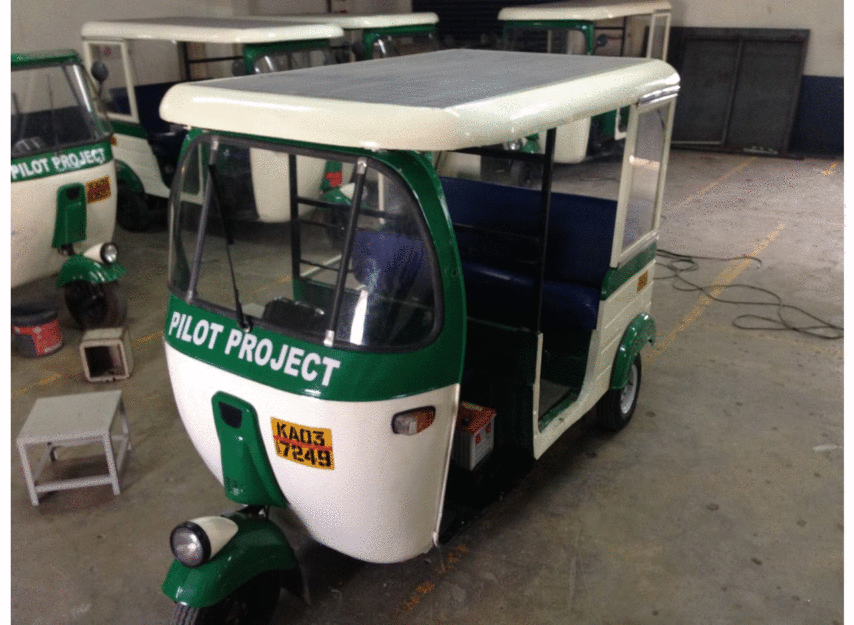
On March 5, RJMS-EV launched a solar-powered electric autorickshaw named ElecRic, which does not emit any air pollutants. RJMS-EV has developed a technology that simply converts normal petrol autos into solar-powered ones. ElecRic can run 110km on five hours of charge. The company has a patent for ElecRic, which costs only Rs two lakh per vehicle.
New way to ride, anyone?
Where there’s fire, there’s no smoke
SustainTech, a Madurai-based company, believes it can “moderate the impact of India’s 1.3bn population on the environment” with its sustainable energy based cooking technology solutions. The company, founded by Svati Bhogle, cricket commentator Harsha Bhogle’s sister, wants to make its eco-friendly cook stoves widely available in the country.
Its flagship product line, PYRO, is a range of cost-effective, smokeless and fuel-efficient cook stoves. These stoves are priced on par with normal stoves in the market.
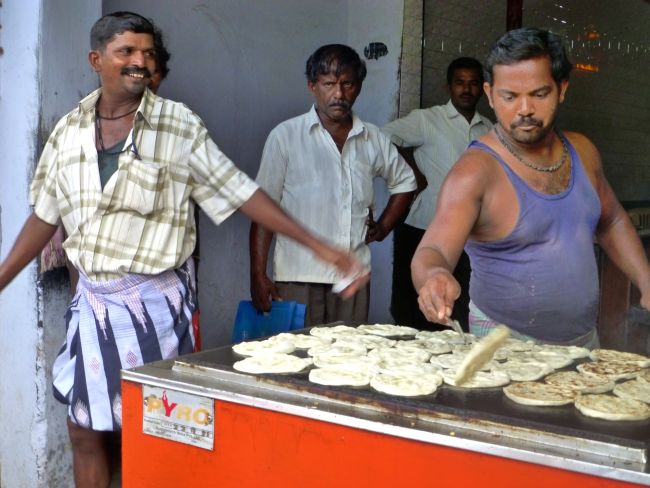
With a presence across 24 districts of Tamil Nadu, you will find PYRO being used in roadside kitchens, dhabas, hotels, hostels, schools for midday meals and food processing units across the state. SustainTech has some operations in three districts of coastal Karnataka as well. In 2013, the company was awarded the SEED Awards for Entrepreneurs in Sustainable Development.
These innovative startups make us believe that maybe all is not lost to pollution. As long as we have such companies cleaning up the air one city at a time, we just may be okay. Here’s hoping technologies such as these will help Delhi — and the rest of India — breathe easy again.
Subscribe to FactorDaily
Our daily brief keeps thousands of readers ahead of the curve. More signals, less noise.








